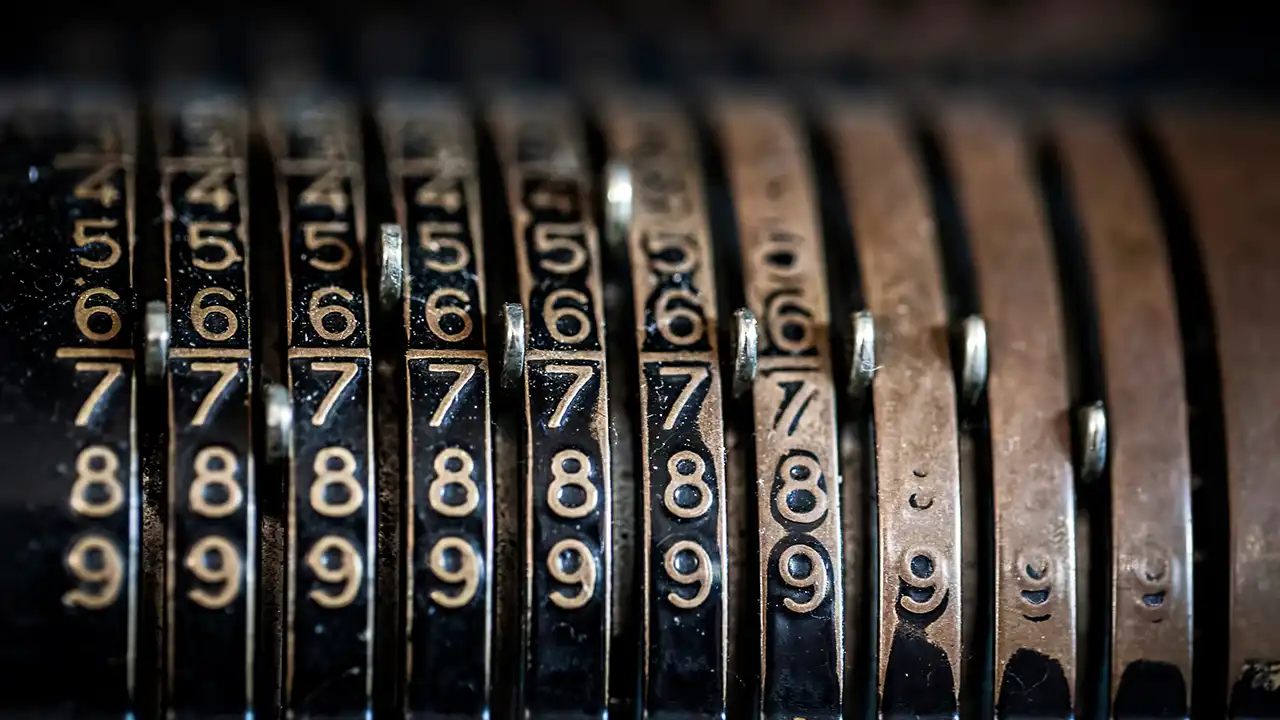
GRE Newsletter Subscribe
Enter your email address below and subscribe to our newsletter

Enter your email address below and subscribe to our newsletter

This GRE Problem Solving Quant practice question is a hard math question from the topic permutation combination. The concept tested in this question is rearranging letters of a word in which a few letters appear more than once. That per se would not make the question a GRE hard math question – a constraint added to the rearrangement makes it an interesting GRE permutation question.
In how many rearrangements of the letters of the word INTELLIGENTIA will no two ‘I’ come together?
The correct answer is 11C3 * * (10!/(2! * 2! * 2! * 2!)).
Choice (4) is the correct answer
This is a rearrangement question. A permutation question.
Before considering the constraint mentioned in the question, let us count the number of letters in the word and also the number of times letters repeat, if any.
INTELLIGENTIA is a thirteen-letter word with the following composition: 3 Is, 2 Ls, 2 Ts, 2 Ns, 2 Es and one each of A and G.
If the question had not mentioned any constraints, these 13 letters with the composition mentioned above can be rearranged in 13!/(3! * 2! * 2! * 2! * 2!)
The question states that the letters of the word has to be rearranged such that no two Is come together.
Essentially, it means that we need to have at least one letter between two Is. Here is an example, I N I T I E ….. Place at least one letter between two Is.
Definitely possible.
Take away the 3 Is and place the remaining 10 letters with a gap between each pair as shown below
N _ T _ E _ L _ L _ G _ E _ N _ T _ A
You will notice that if we place the 3 Is in the gaps, there will be at least one letter between any two Is.
Before, we set about finding the number of ways, we should not ignore the fact that the rearrangement can start with an I and/or end with another I. Essentially, there is a slot available before the first letter and one after the last letter. The overall number of slots possible for the 3 Is is given below
_ N _ T _ E _ L _ L _ G _ E _ N _ T _ A _
We can count 11 slots where the 3 Is can be placed and we will definitely have at least one letter between any two Is.
Could it be the first three slots? Possible. Can it be the 1st, 7th, and 11th slots? Possible.
So, let us find out the number of ways we can choose 3 slots out of the available 11 slots where the 3 Is can be placed.
i.e., a 11C3 possibilities.
We are left with 10 other letters. These 10 letters comprise 2 Ls, 2 Ts, 2 Ns, 2 Es and one each of A and G.
So, the number of ways of rearranging these letters = 10!/(2! * 2! * 2! * 2!)
The number of ways of finding 3 slots out of 11 times the number of rearrangement of the other 10 letters
= 11C3 * (10! / (2! * 2! * 2! * 2!)).
Choice 4 is the correct answer.
Did we forget to consider rearranging the 3 I?
Not really. The 3 I can be rearranged in only one way. Had it been three different letters, we would have multiplied the answer we got with 3!. But that is not to be done in this case.